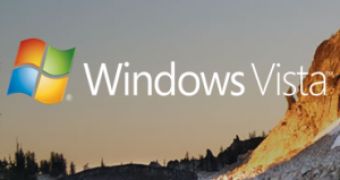With the advent of Windows Vista, Microsoft also introduced the Windows Imaging (WIM) file format. According to the Redmodn company, the Windows Imaging format is designed as a file-based disk image specific to Vista, and is an alternative to sector-based image formats because of a range of benefits. First off, WIM is hardware agnostic, but the format also enables users to store multiple images in a single file, such as multi-SKUs packed into a single item. In addition, WIM is also synonymous with advanced compression and single instancing, meaning a reduced file size, which also allows administrators to service an image while offline. On top of these capabilities, WIM is not dependent on the size of the partition where the image must be deployed and permits non-destructive installation. Windows Vista even offers an application programming interface - dubbed WIMGAPI - for the management of WIM files.
"WIM files are compressed packages containing a number of related files. The format of a WIM file is optimized for maximum compression using LZX, fast compression using XPRESS, or uncompressed. The primary tools for creating and managing a WIM file are ImageX and the Windows Imaging Interface Reference. ImageX is a command-line tool that works with the latest Microsoft Windows image (.wim) files. Windows Imaging Interface Reference-Describes the programmatic method for managing Windows image (.wim) files", Microsoft informed.
But when it comes down to building WIM images, file creations or extraction tools, as well as additional programs centered around the format, Microsoft offers for download a resource describing Windows Imaging in detail. Via the WIM white paper you will be able not only to understand the resources associated with the format's file structure - such as: header, file resource, metadata resource, lookup table, XML data, and integrity table - but also how to use ImageX and Windows Imaging Interface Reference.
"The .wim files contain one or more volume images for a Windows operating system, while a volume image represents the captured volume or partition of a Windows operating system. The primary purpose of ImageX is to capture, modify, and apply images for deployment in a manufacturing or corporate IT environment. (...) The primary purpose of Imaging APIs (Wimgapi.dll) is to programmatically capture, modify, and apply images for deployment in a manufacturing or corporate IT environment. ImageX is an implementation of the Imaging APIs", Microsoft added.

 14 DAY TRIAL //
14 DAY TRIAL //